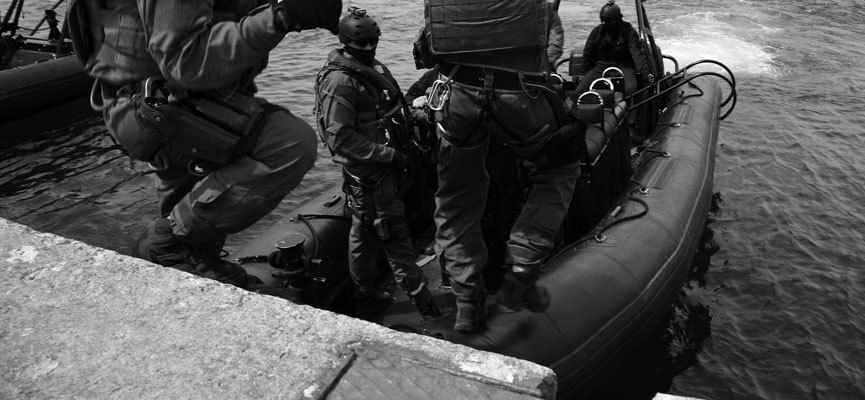High Performance Marine Fabric


Background
Arville have recently worked with a contractor who is involved with the manufacture and supply of equipment used primarily in maritime applications by the military. They approached Arville with a specific problem they were facing when using particular fabrics which they were sourcing from another supplier who was unable to offer them a viable technical solution
Application
The customer was attempting to carry out a process where two layers of fabric were being combined into a laminated structure in order to create an end material with differential properties from one side of the fabric to the other
Problem
The particular stresses and strains put on the fabric were causing the bond between the layers to weaken and fail over time with the result that the structure was found to be de-laminating
This failure of a critical component was making the project for the customer unviable, costing them time, effort and money in lost revenue, replacements and wasted materials
Potentially their credibility as a specialist military contractor was in jeopardy if they were unable to fulfil their supply commitments

Project Brief
The key requirements for the customer were:-
- A need for a woven fabric with the natural appearance of cotton, but with exceptional tensile strength performance in both warp and weft directions
- An ability for the fabric to achieve a tested tensile strength in excess of 3,000 Newtons/cm
- The presence of a highly receptive nylon fibre to promote bonding for subsequent coating processes had to be factored into the design (the fabric was put through a secondary coating process by the customer to apply a saltwater resistant coating)
- Lightweight properties

Development
Using our extensive database of yarn types and weave constructions, we were able to call on our technical weaving experience to propose a suitable weave construction which would create a multi-layer fabric with completely different performance properties from one side to the other i.e. one side predominantly cotton, one side predominantly nylon with a reinforcement yarn running through both
If successful, this would not only allow the customer to completely eliminate the lamination process, but would also serve to reduce the overall weight of the fabric
As a reinforcement, although there were many options, a Dyneema yarn was suggested due to its extreme strength with low elongation and stretch. However, whilst these characteristics make it ideal for the application, the same characteristics actually make Dyneema a very difficult yarn to weave consistently, needing very specialist and skilled loom set-up and operation
Dyneema fibres don’t absorb water so tend to remain light and easy to handle in wet conditions, they have a specific gravity of 0.97 which actually makes them buoyant in water. Being approx. 15x stronger than steel on a weight-for-weight basis, plus thinner, lighter and easier to handle – Dyneema is frequently employed in a wide range of marine and offshore applications. It is highly resistant to abrasion with a coefficient of friction comparable to PTFE (Teflon)
Process
To demonstrate this completely new concept to the client we prepared a mock-up fabric structure via a short weaving run. A number of our looms are allocated to ongoing development work for our customers, allowing us to offer flexible manufacturing and full-width production of short run-lengths. This allowed us to create a visual pattern sample for the customer to approve. After the customer had given their approval we were able to commit to the final structure combining cotton, Dyneema and nylon
Outcome
Not only did the fabric perform well in a very demanding end application, by electing to choose Arville as a supplier for their technical textiles the customer received a number of secondary benefits unique to the project:-
- They were able to eliminate the need for some of the processes in their own manufacturing. Without the need to further laminate the fabric, Arville reduced their production costs and increased their speed to market for this particular product
- Removal of the lamination process allowed for further light-weighting of the fabric and the overall product
- They gained peace of mind knowing that Arville were a supplier with specialist technical experience who they could rely on as a resource for their own business
- Arville were able to give them consistent quality and continuity of supply of their fabrics on which they could secure future sales of their product
Problem → Assess → Design → Technical Solution → Trial → Full Scale Production
Previous Article Next Article



